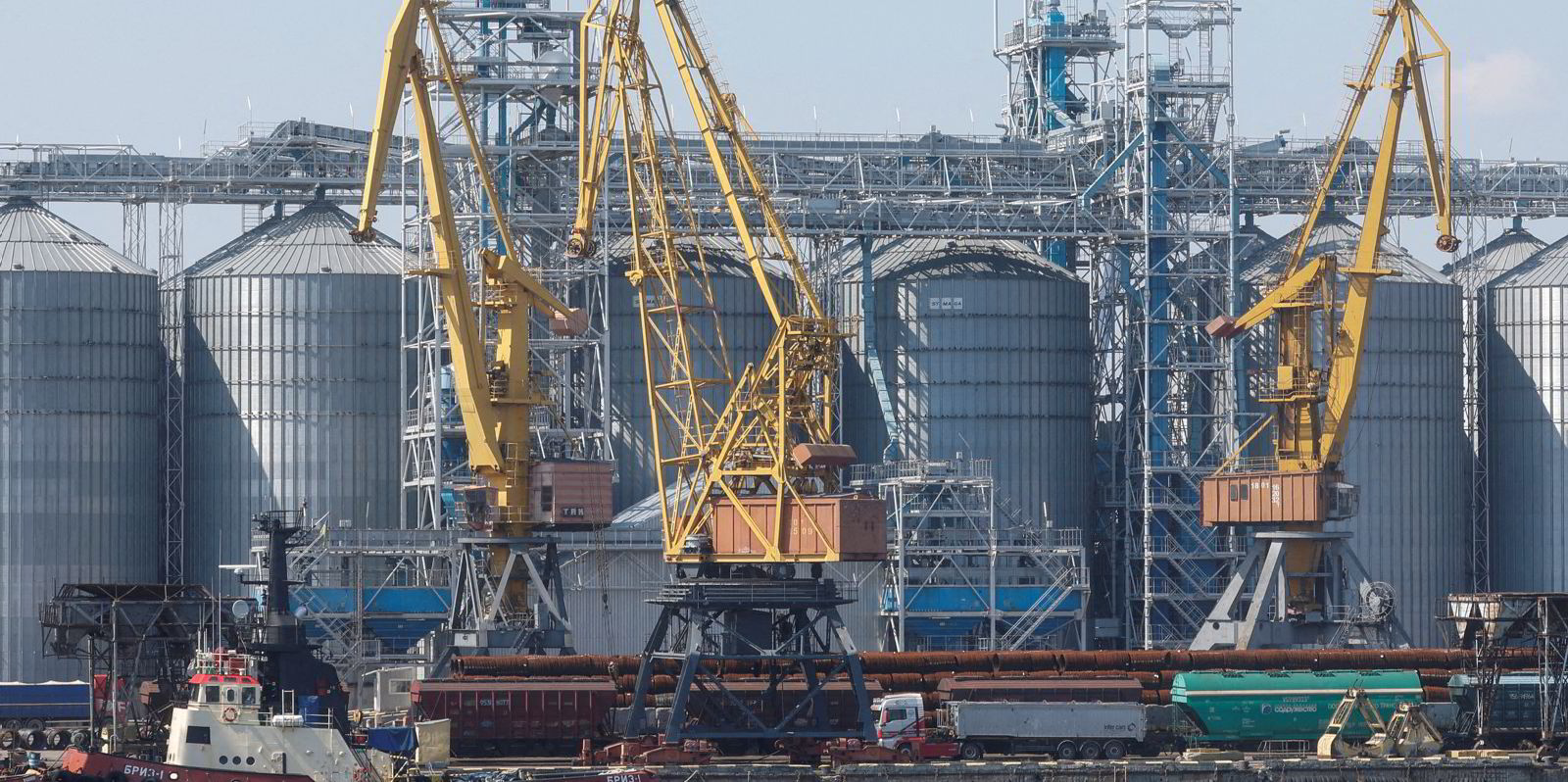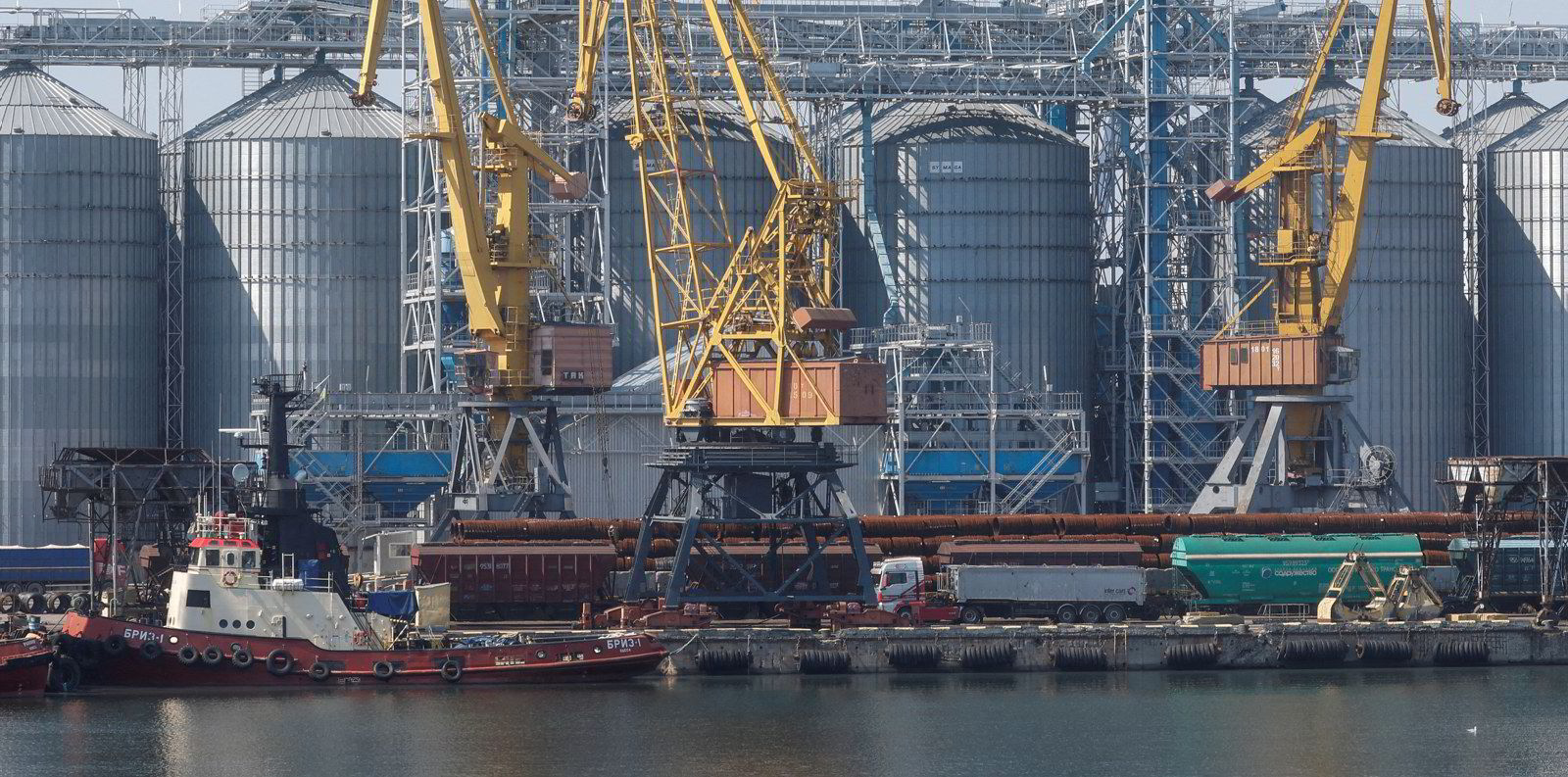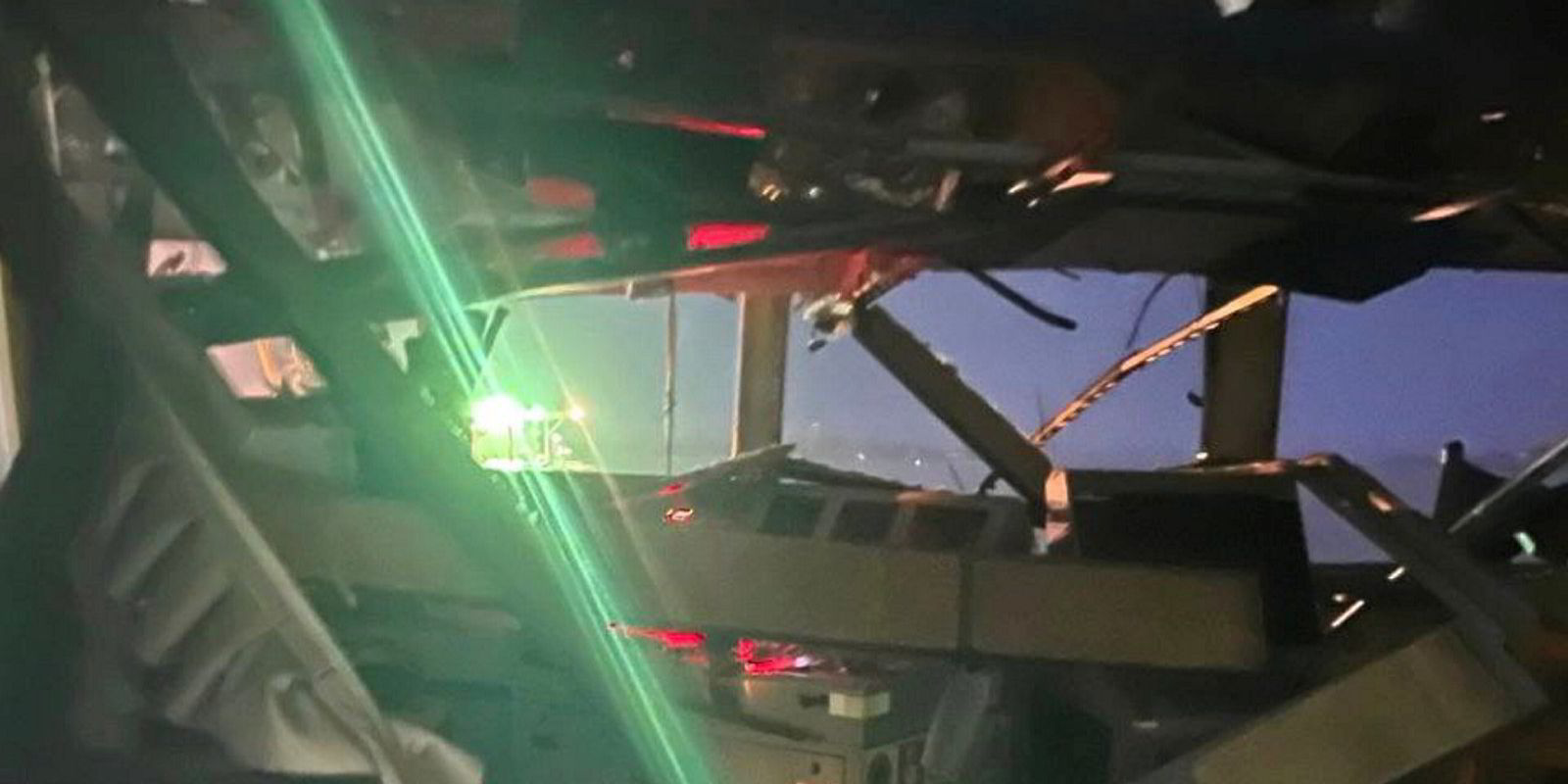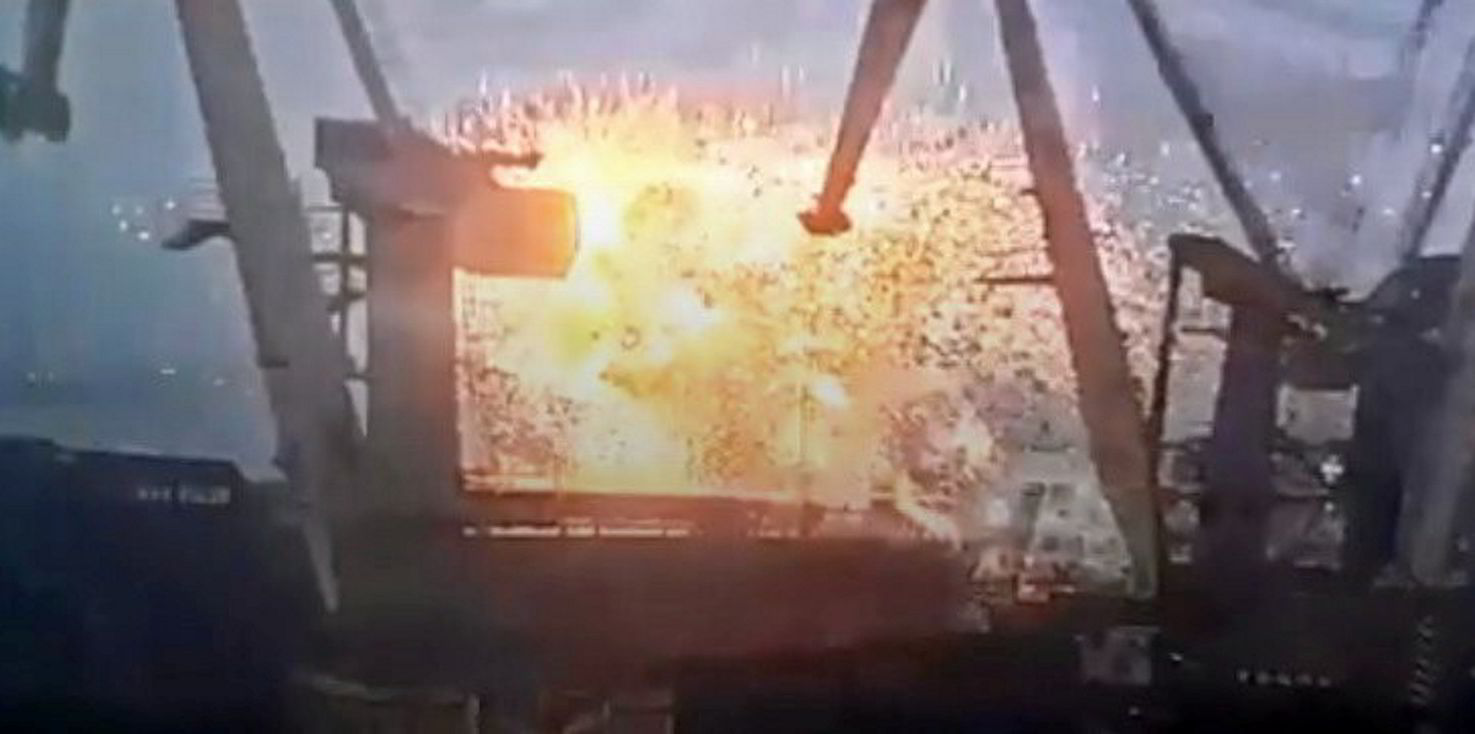Laden vessels left Ukraine’s beleaguered ports for the 200th time on Tuesday, marking a remarkable achievement in the war-torn country’s efforts to set up its own maritime corridor in the Black Sea.
According to data compiled by United Nations and AIS sources, the 76,300-dwt Atlantic B (built 2004) and 32,500-dwt DSM Everton (built 2002) left Odesa and Pivdennyi/Yuzhnyy, respectively, on 5 December.
A day before, a record 29 ships had moved in and out of the two ports, plus Chornomorsk.
This brings to 200 the number of total voyages out of the three terminals since mid-August — when Ukraine launched its own corridor after Russia withdrew from a UN-brokered one the month before.
Including vessels still en route to Ukraine and others currently loading there, far more than 200 ships have used the corridor so far. Some of them have done the trip repeatedly — the 13,600-dwt Mavka (built 2004) even five times.
About 7m tonnes of agricultural and metal cargo were carried in the process.
This is still less than half of the 506 ships that had gone through the UN-led Black Sea Grain Initiative during that scheme’s first four months in operation.
However, the 200 ships through the Ukrainian corridor are a great achievement, considering that Kyiv is largely left to its own devices to protect the scheme, in the teeth of Russian missile and drone strikes.
The International Maritime Organization, on the council of which Russia failed to be elected last week, acknowledged that success on 4 December, adopting a resolution that commends Ukraine for establishing the corridor and offers technical assistance to ensure its smooth functioning.
The corridor indeed lost some steam in the days after 8 November, when a missile struck the 91,900-dwt bulker Kmax Ruler (built 2009) in Yuzhnyy/Pivdennyi, killing one pilot and injuring three Filipino crew members.
Other ships, such as the 75,200-dwt Georgia S (built 2011), hit mines floating in the Black Sea.
However, none of those vessels suffered any vital damage. Even the Kmax Ruler set sail with its cargo about a week after being hit.
That is one reason why shipowners have resumed sending ships into the region, attracted by higher freight rates.
According to the latest market talk, ships on the Odesa grain run can expect to earn between $5,000 and $8,000 per day more than on market average, depending on the charterer.
“Things seem to be rolling pretty smoothly for the time being,” one manager sending ships to Ukraine said, on condition of anonymity.
Markets got some relief immediately after the Kmax Ruler incident, when broker Marsh announced on 9 November that it had finally sealed a $100m insurance package it had been holding talks on since August with the Ukrainian government and the London market.
TradeWinds is told that a brisk commercial insurance market exists even outside that scheme.
However, war risk rates have not declined in a big way since the Kmax Ruler shock. According to the ship manager, insurance brokers are still quoting at about 3% of ship values, up from between 1% and 2% in October.
Such rates are often nominal. In practice, insurers often return part of the paid premiums when a ship returns from Ukraine unharmed.
Rebates used to be about 50% of the paid amount but they dropped to between 15% and 20% after the Kmax Ruler incident and are stuck there since.
“Some insurers offer bigger rebates but we’re not sure we can trust them,” the ship manager said.
Where is my air cover?
Publicly held shipping firms and top-tier names still steer clear of the Ukrainian trade.
One persistent risk factor is Russian superiority in the air, with Ukraine failing to deploy defence systems capable to provide exhaustive cover to the three major ports.
Rumours and statements by Western and Ukrainian officials suggest there are plans to provide Ukraine with additional warships to escort the commercial vessels.
However, it is not clear how such vessels could pass the Bosphorus strait, which Turkey must keep neutral under international treaties.
Optimists point out that the Russians have not directly attacked any commercial ships heading to Ukraine yet.
Even the Kmax Ruler seems to have been collateral damage from one of Russia’s frequent attacks on Ukraine’s ports.
Russia has also not sought to disrupt the Ukraine trade through forced naval inspections. Moscow may be incapable or unwilling to do so, given the relatively large number of warships it has lost in the Black Sea from Ukrainian drone and missile attacks.
Russia may also be loathe to intervene with the trade to avoid displeasing China, which is buying Ukrainian grain en masse. Moscow possibly also wants to avoid reprisals against its own, flourishing Black Sea grain trade out of the Sea of Azov and the Kerch Strait.
However, floating mines on Black Sea waters and continued aerial attacks on Ukrainian port infrastructure remain an acute threat.
“Things remain risky, of course, but at the moment it still seems worth going to Ukraine,” the ship manager said.
Adam Corbett contributed to this article







